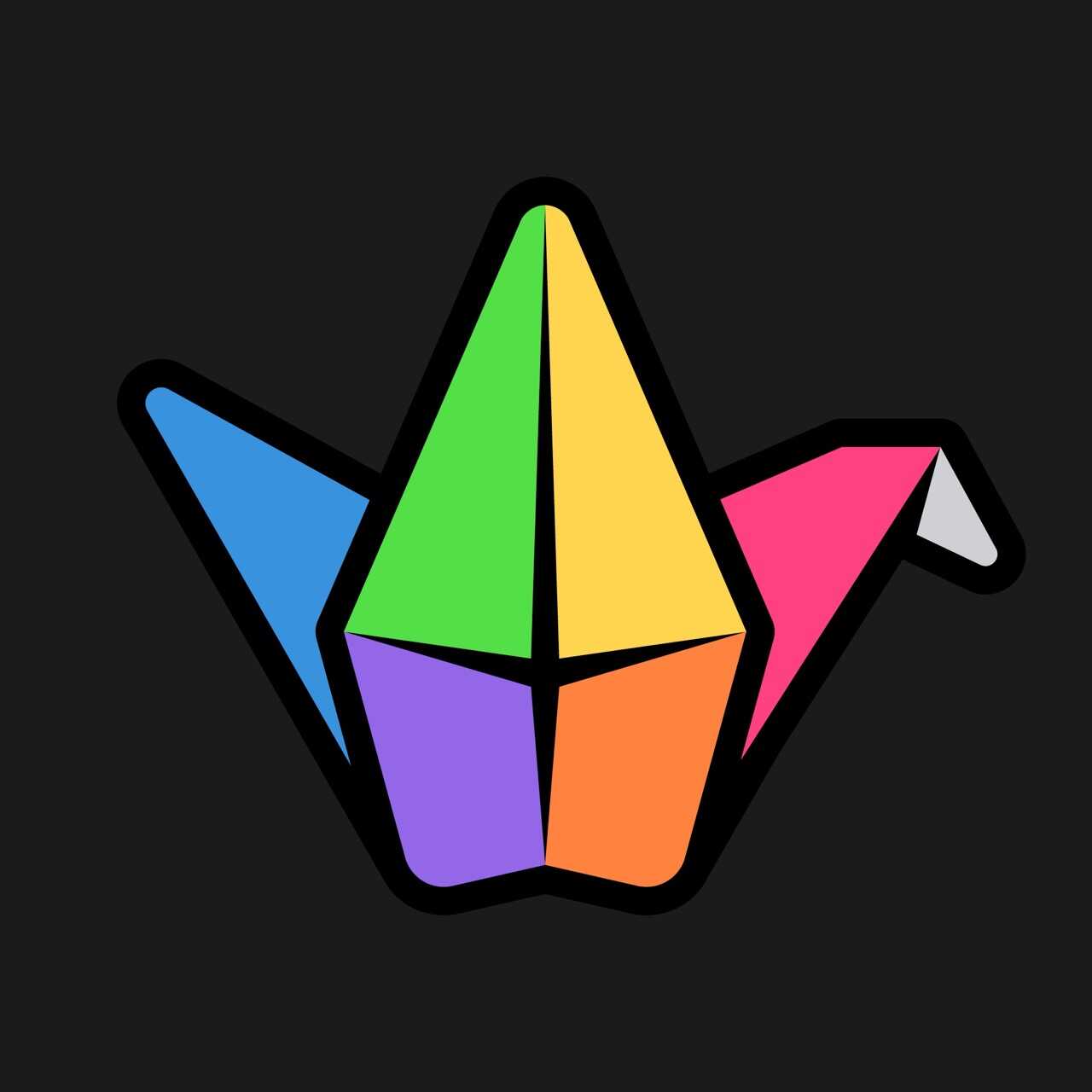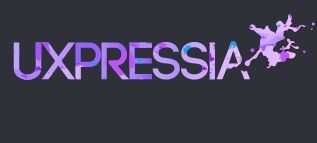What Is Visual Collaboration Software?
Visual Collaboration Software (VCS) is a digital application or platform that allows individuals or teams to interact and communicate visually. This includes tools like video conferencing, screen sharing, interactive whiteboards, and virtual conference rooms. One of the primary advantages of adopting visual collaboration software is its capacity to bridge the distance between remote teams, allowing them to collaborate in real time regardless of their physical location.
This can significantly boost productivity and efficiency, particularly in today's increasingly distant work environment. Furthermore, visual collaboration software frequently includes features like document sharing and real-time editing, making it easier for teams to work together on projects and share ideas. This can improve workflow and eliminate the need for frequent back-and-forth communication via email or messaging services.
Another benefit of visual collaboration software is its capacity to allow visual communication, which can be more effective in conveying emotions and ideas than written or verbal communication. This can significantly enhance team dynamics and build a more collaborative and creative workplace. When selecting a visual collaboration program, it is critical to examine aspects such as usability, interoperability with other tools and platforms, and security measures to secure sensitive data. Additionally, cost and scalability should be considered to guarantee that the software can meet the needs of a developing team or organisation.
What Are The Recent Trends In Visual Collaboration Software?
Visual collaboration software is a fast emerging sector in the world of technology, driven by the growing demand for remote and worldwide cooperation. In recent years, there has been a shift towards increasingly advanced and inventive capabilities in visual collaboration tools, making them a crucial component of any modern workplace.
Here are the key trends in visual collaboration software that purchasers must know:
1. Connection With Other Collaborative Tools: One of the most important trends in visual collaboration software is its connection with project management software, team communication platforms, and virtual whiteboards. Users can use these connectors to seamlessly switch between tools, improving their overall workflow and efficiency.
2. Real-Time Collaboration: Many visual collaboration software now includes real-time collaboration features, which allow different team members to collaborate concurrently, regardless of their location. This trend has becoming increasingly important for remote teams since it encourages improved collaboration, transparency, and efficiency.
3. Mobile Accessibility: As the workforce becomes more mobile, visual collaboration software responds by providing mobile apps that enable users to connect and engage with their teams from anywhere. This allows team members to work on projects or attend meetings while on the fly, making cooperation much more flexible and easy.
4. Virtual And Augmented Reality: As virtual and augmented reality technology advances, visual collaboration software is increasingly combining these capabilities to improve the user experience. This tendency is particularly widespread in fields such as architecture, design, and engineering, where teams can view and interact with 3D models in real time.
5. Artificial Intelligence And Machine Learning: AI and machine learning technologies are being integrated into visual collaboration software to improve its intelligence and efficiency. These technologies can help automate monotonous processes like file and data organisation, freeing up team members' time to focus on more important duties.
Benefits Of Using Visual Collaboration Software
Visual collaboration software is a powerful tool that enables teams to collaborate smoothly across physical distances and time zones. This technology allows teams to work more efficiently and effectively by offering a platform for document sharing and editing, video conferences, and task organization. One of the most significant advantages of adopting visual collaboration software is increased productivity.
Gone are the days of long email chains and lost files; with visual collaboration software, all team members can access and work on the same documents in real time, decreasing the possibility of miscommunication and duplicate efforts. This leads to faster decision-making and more efficient project completion. Another advantage is improved communication.
Team members can debate ideas, provide input, and make decisions face to face using video conferencing and screen sharing technologies, even if they are not physically there. This type of visual communication can enhance team dynamics and deepen relationships, resulting in a more unified and productive team. Visual collaboration software also provides a centralized platform for task management and tracking progress.
The ability to assign tasks, create deadlines, and track task accomplishment helps team members stay on track and projects get done on time. This is especially useful for remote teams because it provides a clear perspective of each individual's duties and progress. In today's fast-paced corporate environment, the ability to collaborate in real time is critical.
Visual collaboration software allows teams to collaborate from anywhere and at any time, making it a valuable tool for businesses with remote or worldwide staff. This technology enables seamless cooperation across time zones and physical locations, removing geographical obstacles and encouraging diversity. Finally, deploying visual collaboration software can lead to cost reductions for enterprises.
Companies can save considerable amounts of time and money by decreasing the need for travel and increasing efficiency. Furthermore, with all project papers and communication activity kept in a single platform, businesses may save storage space and reduce the risk of data loss. Overall, there are various benefits to using visual collaboration software.
This technology has the potential to transform team cooperation by increasing productivity and communication, as well as improving project management and cost savings. Businesses that use the correct visual collaboration software can expedite their workflows, develop a collaborative work atmosphere, and achieve higher profitability.
Important Factors To Consider While Purchasing Visual Collaboration Software?
When it comes to choosing visual collaboration software, several essential elements must be examined to ensure that you make the best decision for your company.
We will go over the most crucial things to consider while analysing and comparing various visual collaboration software alternatives.
1. User-Friendly Interface: The most important element to examine is the software's ease of use. A user-friendly design can help your staff adapt and operate the product more effectively. Look for software that has a simple and straightforward interface, quick navigation, and low training requirements.
2. Compatibility And Integration: Make sure that the visual collaboration software is compatible with your existing devices and software. This will prevent any compatibility concerns and provide a seamless connection with your current workflow.
3. Features And Functionality: Different visual collaboration software provide a variety of features and functionalities. It is critical to examine your company requirements and select software that delivers the tools required to streamline your collaboration process. Some popular features include screen sharing, file sharing, video conferencing, and a virtual whiteboard.
4. Security And Privacy: As remote work has grown in popularity, businesses are increasingly concerned about security and privacy. When assessing visual collaboration software, ensure that it supports data encryption, safe login and access restrictions, and adherence to privacy standards such as GDPR and CCPA.
5. Scalability: As your business expands, so will the necessity for collaboration. It is critical to select software that is scalable and can handle future expansion. This includes the flexibility to add new members, rooms, and connectors as your company expands.
6. Customer Support: Technical issues and glitches can be frustrating, and prompt assistance can make all the difference. Look for a software vendor who provides responsive and knowledgeable customer support to resolve any issues or questions that may occur.
7. Pricing: Pricing is an important concern in any business, and visual collaboration software is no exception. While staying within your budget is critical, it is also crucial to weigh the value and functionality provided by various software solutions in order to make an informed decision.
What Are The Key Features To Look For In Visual Collaboration Software?
Visual collaboration software is a crucial tool for firms looking to improve team communication and productivity. With so many options on the market, customers should carefully analyse the essential characteristics of visual collaboration software before making a purchase to ensure they get the best solution for their individual requirements.
1. Real-Time Collaboration: One of the most important characteristics to look for in visual collaboration software is its ability to support real-time collaboration. This means that team members can collaborate on projects, documents, or presentations concurrently, regardless of their actual location. This feature encourages effective teamwork while reducing the need for back-and-forth communication.
2. Multi-Platform Support: In today's workforce, collaboration software must be accessible from a variety of devices and platforms. The program should be compatible with PCs, laptops, tablets, and cellphones, allowing teams to work together smoothly from any location or device.
3. Visual Tools And Features: As the name implies, visual collaboration software should have a wide range of visual features such as video conferencing, screen sharing, and virtual whiteboarding. These technologies are vital for holding successful virtual meetings, brainstorming sessions, and presentations.
4. Ease Of File Sharing And Storage: The ability to securely share and store data is critical to cooperation. Look for software that allows users to upload, distribute, and save files of various types and sizes, ensuring that team members have access to all pertinent documents and information.
5. Integrations: Visual collaboration software should be compatible with various tools and platforms typically used by enterprises, such as project management software, document sharing platforms, and customer relationship management (CRM). This allows teams to coordinate tasks and projects in a centralised location.
6. Security And Privacy: Given the development of cyber risks, visual collaboration software must have strong security mechanisms in place. Look for software that includes end-to-end encryption and other security features to safeguard your team's data and privacy.
7. User-Friendly Interface: The software's interface should be simple to use and require little training. This enables team members with varying technical ability to utilise the software and work successfully without interruption.
8. Customisation Options: When it comes to cooperation, each team has unique demands and preferences. Look for software that allows users to customise the interface, tools, and settings to their individual needs.
9. Scalability: As your firm expands, so will your team's and cooperation requirements. Choose software that allows you to scale up or down based on the size and needs of your workforce.
10. Cost: Finally, examine the cost of the software. While visual collaboration software can be a worthwhile investment, you must compare the features and price options offered by various suppliers to ensure you are receiving the greatest value for your money.
Why Do Businesses Need Visual Collaboration Software?
Visual collaboration software enables businesses to improve and optimise communication and collaboration processes by leveraging virtual tools and platforms. It enables teams to collaborate on projects, presentations, and documents in real time, independent of physical location. One of the primary reasons why firms use visual collaboration software is to boost productivity.
Traditional forms of communication, such as email or phone calls, can make it difficult to convey complicated ideas or cooperate with several team members in a timely and efficient manner. Visual collaboration software addresses this issue by offering a shared visual space in which teams may discuss, present ideas, and collaborate in real time. Another key advantage of visual collaboration software is the ability to support distant work.
Due to its virtual nature, team members can collaborate and attend meetings from anywhere in the world, reducing the need for physical meetings and travel expenses. It also enables firms to hire the greatest people regardless of location, thereby increasing their pool of possible employees. Additionally, visual collaboration software can help firms save time and money.
Instead of spending time on lengthy email chains or organising actual meetings, teams may communicate and cooperate more efficiently using software. This saves time and allows organisations to focus on more important jobs and projects. Visual collaboration software encourages a more inclusive and collaborative work environment. It enables team members to graphically communicate their ideas and views, ensuring that everyone has a say and actively participates in meetings and initiatives. This promotes creativity and innovation while also strengthening the team dynamic.
How Much Time Is Required To Implement Visual Collaboration Software?
When considering introducing visual collaboration software, one of the most prevalent worries is how long it will take to completely integrate and see results. The actual time required will vary according to the software used and the intricacy of your team's processes. Most visual collaboration software may be set up and ready to use within a few hours or days.
This includes creating user accounts, setting up project areas, and tailoring the software to your team's requirements. However, for larger teams or more complex operations, the implementation process could take several weeks to completely configure and train all team members. Implementation time can also be decreased by selecting software that has an intuitive and user-friendly interface, as well as interfaces with popular applications such as project management software and chat platforms.
It is crucial to remember that the time required for implementation is not completely determined by the software itself. Implementation success is partly determined by your team's preparation and cooperation. To achieve a smooth transition, it is essential that you create a clear plan and communicate the software's benefits to your staff in advance.
What Is The Level Of Customization Available In Visual Collaboration Software?
Visual collaboration software has a wide range of customization options, making it a useful tool for enterprises of various sizes and industries. The level of customization provided varies per program, but most solutions include a number of options for tailoring the platform to your unique needs and tastes. One of the most important customization aspects of visual collaboration software is the ability to personalize the interface.
This includes adjusting the color palette, layout, and positioning of tools and features. This not only creates a more visually appealing workspace, but it also increases efficiency by allowing users to configure the platform in the way that works best for them. In addition to interface customization, several visual collaboration software choices provide branding.
This implies that businesses may incorporate their logos, colors, and other branding aspects into the platform, resulting in a consistent and professional appearance for all collaborative projects. This is especially useful for firms who collaborate with clients or partners, since it helps to maintain a consistent and recognizable brand image. Another important aspect of customization in visual collaboration software is the ability to adapt access and permissions to individual users.
This ensures that sensitive information or confidential projects are only accessible to authorized personnel, while also offering the required collaboration elements for project team members. Finally, some visual collaboration software includes customizable templates and themes for a variety of projects. Users can save time and effort by selecting a pre-designed template that meets their individual project requirements, rather than beginning from scratch.
These templates can also be customized to reflect the organization's identity and style. Overall, the level of customization offered by visual collaboration software enables firms to establish a personalized and efficient collaborative workspace. Users may increase productivity, strengthen their brand image, and retain confidentiality by customizing the platform to meet their individual demands and branding. When comparing choices, examine the quantity and diversity of customization features available to determine the best fit for your organization.
Which Industries Can Benefit The Most From Visual Collaboration Software?
Visual collaboration software has revolutionised the way teams work together. It allows teams to interact in real time across geographical boundaries, and the added visual element improves overall communication and efficiency. The benefits of visual collaboration software are not confined to a specific industry; they can be applied to any industry that demands team collaboration and communication.
However, specific businesses can receive the maximum benefits from this software, which we have detailed for you:
1. Creative And Design Industry: Visual collaboration software is a game changer in the creative and design fields. It enables designers to share and collaborate on visual elements including sketches, mock-ups, and designs in real time. This promotes smooth and effective communication, resulting in faster project turnaround times.
2. Marketing And Advertising: In the competitive world of marketing and advertising, time is critical. Visual collaboration software allows marketing teams to collaborate on campaigns while reviewing and providing comments on visual aspects including graphics, videos, and ad copy. This streamlines the entire creative process and guarantees that campaigns are delivered on time.
3. Education: Visual collaboration software has had an impact in the education field as well. With the rise of online learning, this software has become an essential tool for both educators and students. It enables a more engaging and interactive learning environment in which students may collaborate on projects, complete tasks together, and receive real-time feedback from their lecturers.
4. Healthcare: Visual collaboration software has made its way into the healthcare business. It lets healthcare professionals to work together on patient situations, share medical images, and discuss treatment choices in real time. This is especially important for remote consultations and bringing together experts from various locations.
5. Architecture And Engineering: Visual collaboration software has improved the efficiency of the architecture and engineering industries. It enables architects, engineers, and project managers to collaborate and work on drawings, blueprints, and other visual elements, leading to improved project coordination and speedier decision-making.
Conclusion
To summarise, the market for visual collaboration software includes a wide range of products with varied capabilities and pricing alternatives. When deciding which software to purchase, you should evaluate your individual requirements, budget, and team dynamics. First, it is critical to evaluate the basic capabilities required for effective visual collaboration, such as video conferencing, real-time document sharing, and screen sharing.
Consider any specialised features your team may require, such as whiteboarding skills or integration with other tools. Next, thoroughly compare the pricing plans of various software packages, taking into account the number of users, storage capacity, and any additional charges. It is also advisable to choose a vendor who provides a free trial to evaluate the software and its features before committing to a subscription.
Furthermore, user friendliness and convenience of use are important considerations to consider. Look for software with a simple and intuitive design, as this will increase adoption and, eventually, improve team cooperation. In terms of security, it is critical to select software that prioritises the protection of important information and communication. Look for safeguards like end-to-end encryption and adherence to data protection laws.
Finally, examine the possibility of scalability and future growth. As your team and organisation grow, you may need visual collaboration software that can handle more people and larger files. With these variables in mind, you can now make an informed selection about the finest visual collaboration software for your team. Remember to conduct thorough study and compare many possibilities to determine which one best meets your goals and budget. Good luck!












